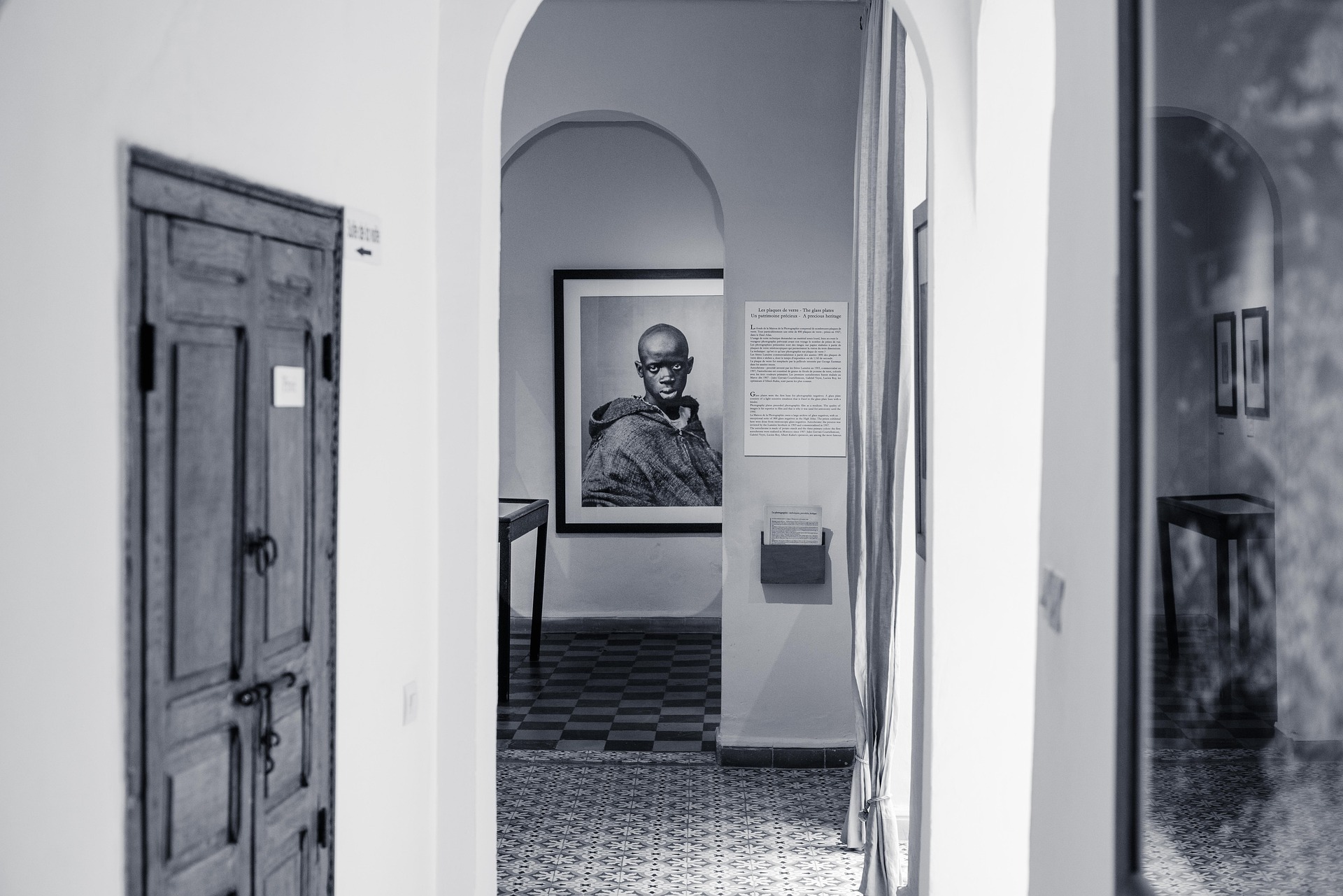The Pioneering Wave of Virtual Reality in Theatrical Performances
In the heart of the arts and entertainment industry, a new wave of innovation is making its mark. This is the emergence of virtual reality (VR) in theatrical performances - a fusion that is changing the way we experience theater. The hum of theater, with its raw emotions, dramatic storytelling, and captivating performances, has been enchanting audiences for centuries. However, in recent years, a new element has been introduced to this ancient art form – Virtual Reality. The roots of VR in theater can be traced back to the 21st century, when technology started to make significant inroads into every facet of life. However, it wasn't until the advent of consumer-grade VR devices, such as the Oculus Rift and HTC Vive, that this concept truly took off.

Current Explorations and Developments
Today, theater companies around the world are experimenting with VR to create immersive experiences like never before. For instance, the Royal Shakespeare Company recently launched a groundbreaking production of “A Midsummer Night’s Dream” where audience members could don VR headsets and step into the play’s magical world. Another example is the National Theatre’s “Draw Me Close,” a boundary-pushing production that uses VR to blur the lines between audience and performer. These ventures are not only pushing the boundaries of creativity but also redefining the theater experience for the digital age.
Impact and Reception of VR in Theater
The marriage of VR and theater has been met with mixed reactions. On one hand, it’s hailed as an innovative step forward, offering audiences an immersive experience that traditional theater cannot match. Critics argue that VR can enhance storytelling, add a new dimension to performances, and engage audiences in ways previously unimaginable.
On the other hand, some purists fear that the introduction of VR could dilute the essence of theater. They argue that the charm of theater lies in its ability to stir emotions and tell stories through live performances, and introducing technology into this space could threaten this.
The Future of VR in Theatre
As with any new technology, the future of VR in theater is uncertain. However, the potential it holds is undeniable. As VR technology continues to evolve and become more accessible, we can expect to see more innovative uses of it in theater. Perhaps we’ll see a future where physical theaters are no longer necessary, and instead, audiences can experience stunning performances from the comfort of their own homes. Only time will tell.
In conclusion, the introduction of VR in theater is a pioneering wave in the arts and entertainment industry. While its impact and reception have been mixed, its potential to transform the theater experience is undeniable. As we continue to navigate this new frontier, it’s clear that the blending of technology and art will continue to shape our cultural landscape in ways we can only begin to imagine.




